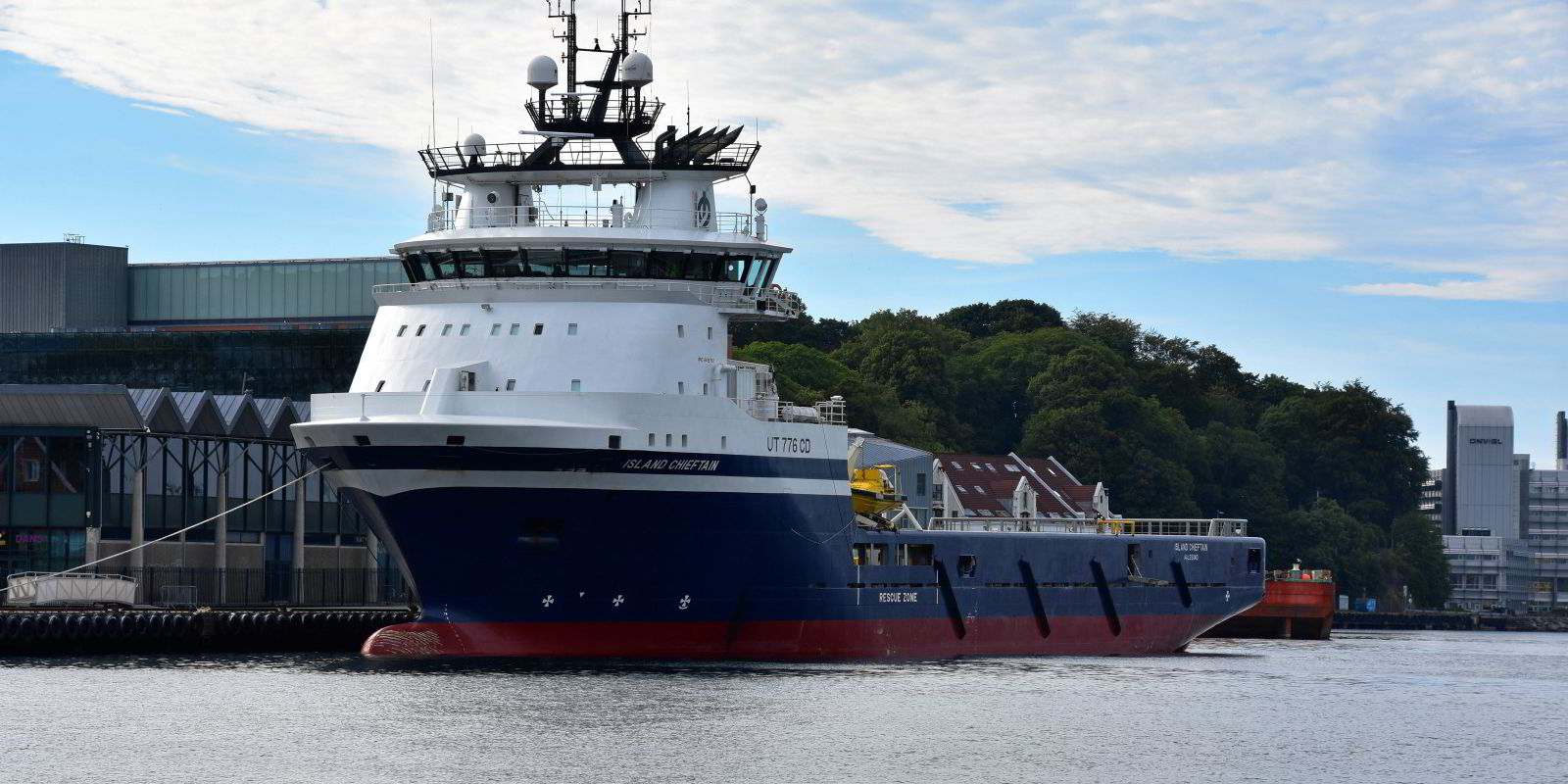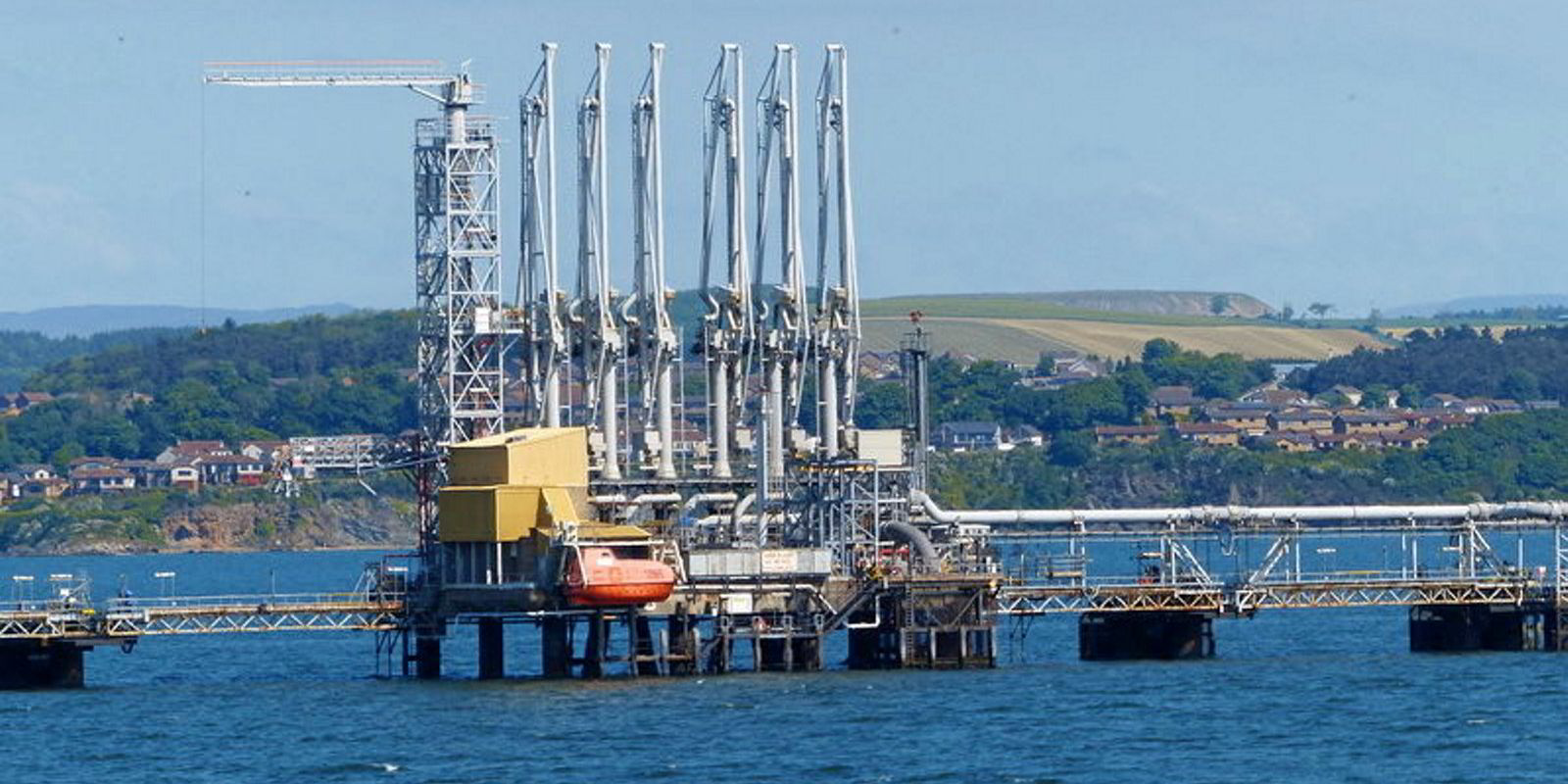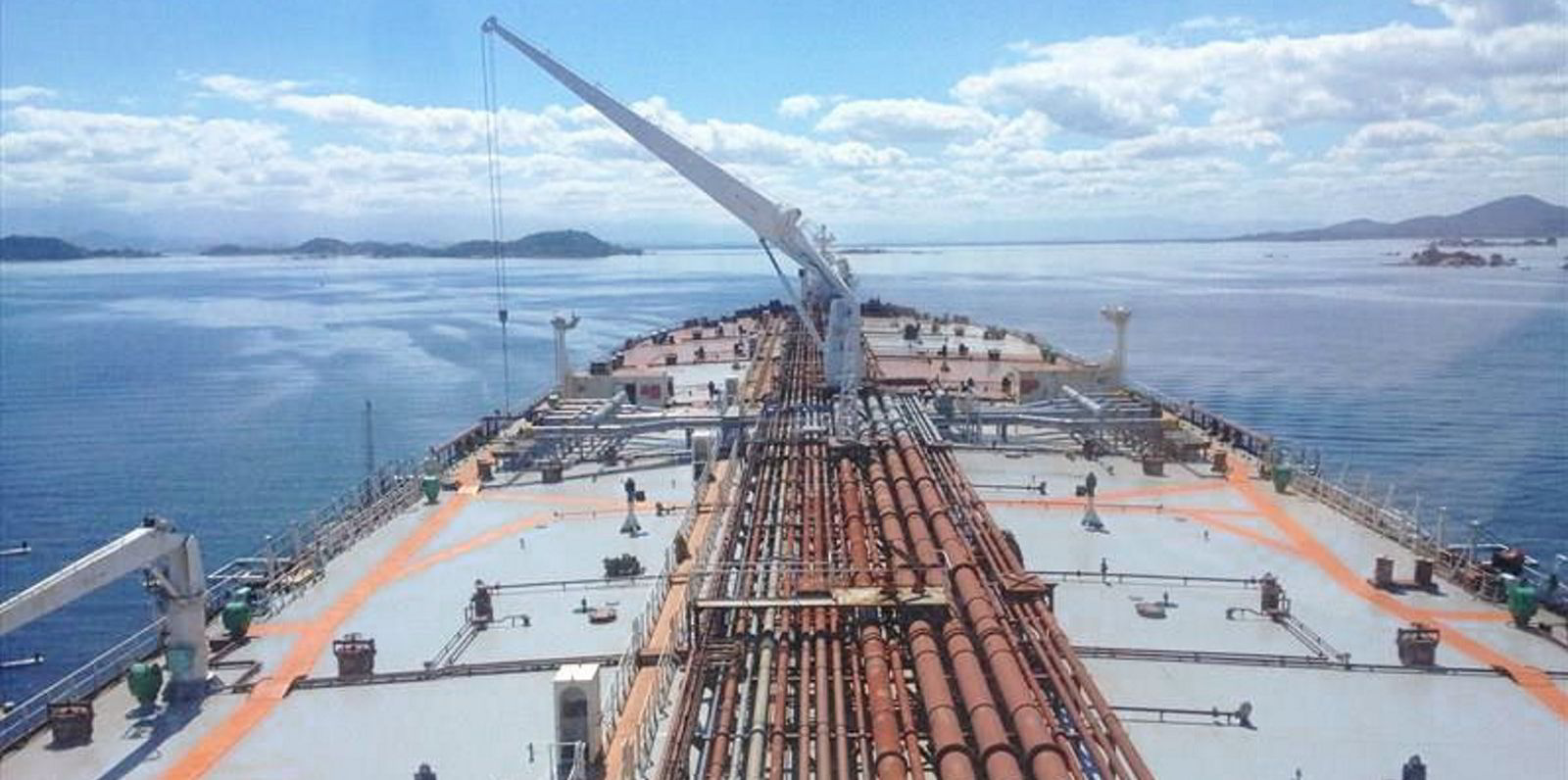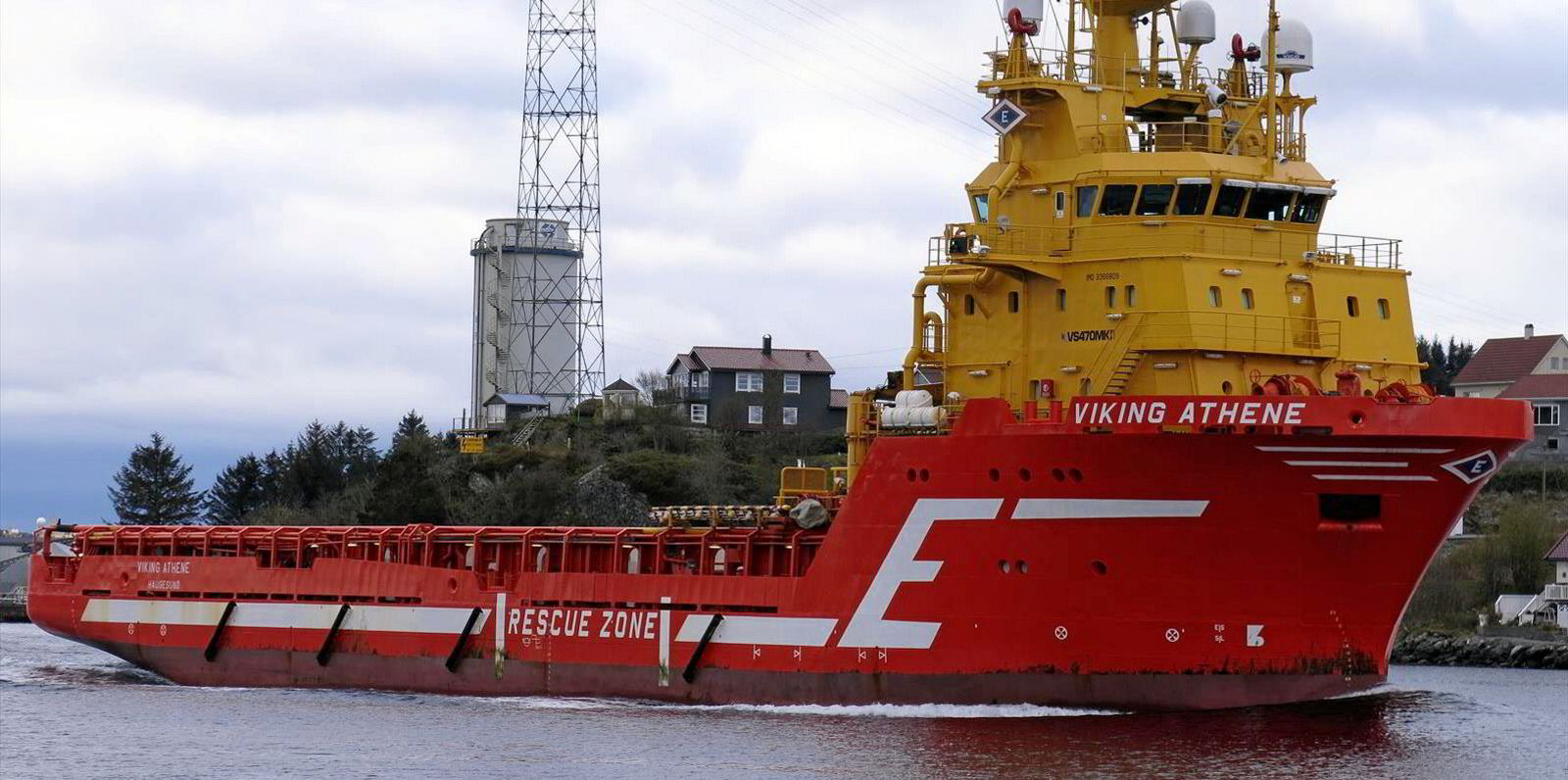Clarksons Research believes a looming shutdown of the Forties Pipeline System (FPS) in the North Sea will be generally positive for shipping.
Calum Kennedy, an analyst at the arm of shipbroking giant Clarksons, said delayed maintenance work on the ageing 500-km-long North Sea network has been scheduled for three weeks from 27 May. The project was originally slated for June 2020 but was postponed due to the pandemic.
The FPS is a key part of North Sea infrastructure.
Although now carrying fewer volumes than in previous decades, due to the decline of UK central North Sea output, Clarksons Research said planned maintenance can have significant impact for offshore operations.
"Whilst oil volumes will be lower during shutdowns, the potential effect of planned maintenance could be helpful for offshore vessel markets as they continue to deal with the impact of the downturn," Kennedy said.
30% of production flows through FPS
Owned by Ineos, FPS provides the export mechanism for about 30% of the UK’s North Sea production.
The system can transport 600,000 barrels per day (bpd) from 80 active fields.
The shutdown will require the temporary shut-in of 300,000 bpd of capacity.

The main export line will close for three weeks, but a feeder pipe — the Graben Area Export Line — will only be offline for 11 days. This pumps 100,000 bpd.
Kennedy said operators will use the pipeline shutdown to undertake maintenance on field infrastructure.
Gas volumes to suffer
Knock-on effects include lower gas production into other pipelines. And the closure will also affect a few Norwegian fields that feed into FPS.
Kennedy said this will reduce the availability of Brent-blend tanker cargoes from Hound Point in the UK.
But the analyst said this "rush of planned maintenance" has boosted term charter activity for platform supply vessels.
"Owner rate ideas for short-term work have been firm in anticipation of a squeeze on vessel availability," Kennedy said.
Spot fleet to shrink
Clarksons Research believes it is equally possible that PSVs departing the spot market could help to support prompt rates for remaining ships.
PSVs in the UK sector averaged a relatively moderate £8,500 ($12,000) per day in April, the company's data shows.
Norwegian shipbroker Westshore lists five PSVs free in the UK spot sector, out of a fleet of 30 ships currently.
Kennedy said the supply of UK anchor-handling tug supply (AHTS) vessels is also likely to be low when shutdown begins.
He added that the decline in the UK spot fleet — down 25% on 2018 levels and 34% on pre-2014 — leaves the AHTS sector prone to rate spikes.
Sister investment bank Clarksons Platou Securities said VLCC markets remained quiet as the May loading programme came to an end.
Loading dates for June are not expected before the week beginning 17 May.
In April, UK shipbroker Gibsons said increasing North Sea crude exports to Asia were set to give a boost to VLCC owners.
The broker said flow data suggests strong Asian demand for Equinor's Johan Sverdrup oil in particular.







